This subterranean termite nests in timber on the ground, rotting wood, decking, poles, posts and fences, especially in decaying material.

Australian operated

5.0
30 reviews

5.0
30 reviews

Australian operated
Free on-site visit & quote
Over 14,000+ homes protected
5/5 stars is most frequent rating
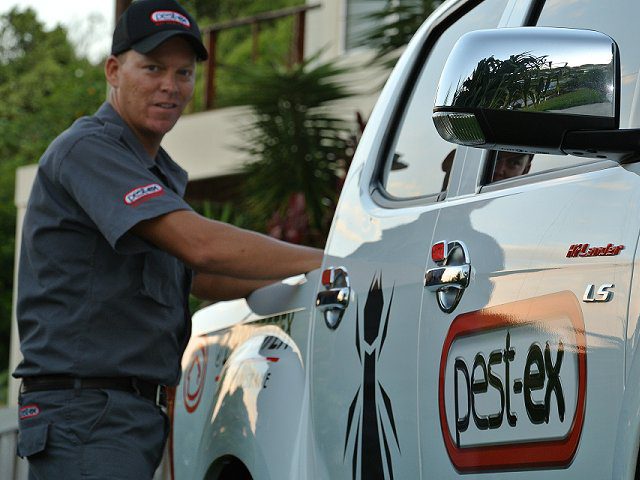
Termites—often referred to as white ants in Australia—are among the most destructive pests found in homes across NSW and Queensland. These tiny termites can go unnoticed for months, especially during humid seasons, making early termite identification critical.
Termites if left untreated can cause serious, sometimes irreversible damage to your property. Many home owners fail to realise that home insurance does not cover structural damage caused by termites, which can result in huge financial losses.
This is why it’s imperative to have your home inspected often by qualified professionals such as Pest-Ex.
As a means of us helping out and doing our bit, we’ve put together this simple yet effective termite identification guide, which covers all Australian termites, along with breeding cycles, food they eat, their habitat and their destructive nature.
One of the most common mistakes homeowners make is confusing termites with ants. At a quick glance, they may look similar – both are small insects that live in colonies – but there are key differences that can help you tell them apart.
Because of these subtle differences, it’s easy to mistake one for the other. Misidentifying termites as ants can lead to delays in treatment, which increases the risk of damage to your home.
👉 Think you’ve seen termites? Book a professional inspection today.
Misidentifying termites can lead to some pretty costly outcomes. Over the years we’ve seen home owners, and other pest control companies misdiagnose termites as typical household ants, wasps, flying ants or otherwise which has led to preventable damage occurring. Some people even confuse Australian termites with insects like flying ants or ant-like insects that appear in bathrooms or kitchens.
This is why it’s always best to have qualified pest control technicians like Pest-Ex carry out a thorough termite inspection of your property. If you have concerns, give us a call and we’ll perform an inspection on your property right away.
Correct identification by a qualified termite professional will ensure that the most effective termite treatment measures are taken to not only remove the termites, but also prevent any further infestations. Failing to correctly diagnose the problem can often lead to further complications.
Again, if you’re not sure what you might have in your home, give us a call.
Many people confuse termites with ants, but there are clear visual differences. Termites typically have straight antennae, a uniform waist, and wings of equal size. In contrast, ants have elbowed antennae and a pinched waist. The average size of a termite ranges from 4mm to 15mm, depending on the species. These tiny white ants are often seen near wood or timber structures, especially during warm and humid months.
Most termites are very small in size—some even called small termites or tiny white ants—and are commonly mistaken for regular household ants. However as termites move through the various stages in their life cycle – from egg to adult, they can take on various forms and characteristics. Not all termites are white; in fact, termite species in Australia vary in colour and size depending on their role in the colony.
Therefore, it’s possible that you may not know what they are at all.
In many cases they’re missed completely as they can be very hard to detect. Especially when travelling beneath sub structures, inside walls, underneath flooring or within roof voids and other internal cavities.
The following information outlines the various types of termites in Australia, their life cycles, and identifying characteristics to help you better understand each type of termite and what to look for.
Australia is home to more than 300 species of termites, but only a few cause serious damage to homes and buildings. Knowing the main types can help you understand what you’re dealing with and why professional identification is important.
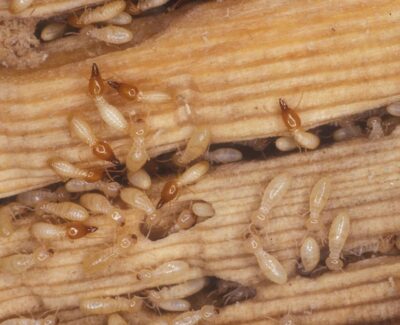
Coptotermes termites
Locations:
QLD, NSW, NT, TAS, VIC, WA, SA
Threat:
Very high risk
Behaviour:
Coptotermes are considered Australia’s most destructive widespread termite. They nest underground in large colony’s and are a serious threat to any timber house or structure. Termite baiting is a common treatment for these termites.
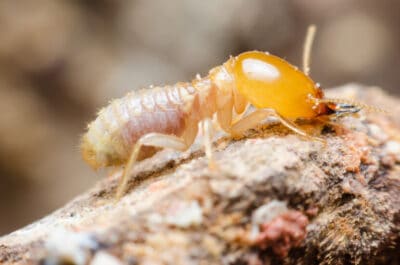
Schedorhinotermes termites
Locations:
NSW, QLD, NT
Threat:
Very high risk
Behaviour:
Schedorhinotermes are highly destructive termites that consume hard and softwood timbers including homes, landscaping and old timber bridges. These termites are known to nest under home slabs or usually in the base of a tree root system.
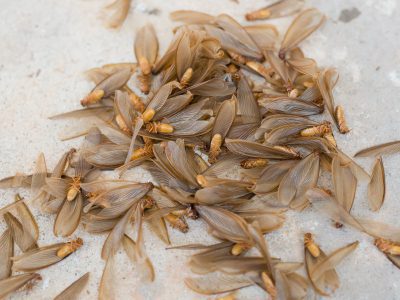
Flying Termites
Locations:
QLD, NSW, NT, TAS, VIC, WA, SA
Threat:
Very high risk
Behaviour:
Flying termites are also known as elates “future kings and queens” They fly out of the colony and start reproduction. It is common after rain in afternoons to find these flying around doors and windows, if you see these its time for a termite inspection
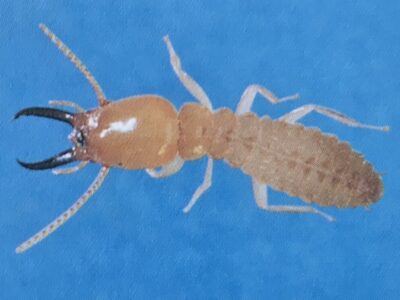
Coptotermes lacteus
Locations:
QLD, NSW, NT, TAS, VIC, WA, SA
Threat:
Very high risk
Behaviour:
Coptotermes lacteus (C. lacteus), or the milk termite, mound-building termite, or subterranean termite, is a species of Rhinotermitidae. Learn more here –> Coptotermes lacteus
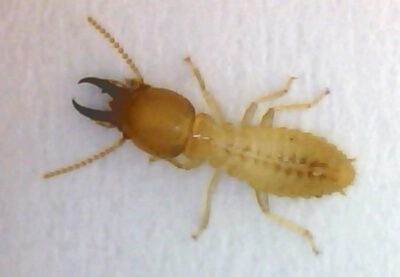
Coptotermes acinaciformis
Locations:
QLD, NSW, NT, TAS, VIC, WA, SA
Threat:
Very high risk
Behaviour:
Coptotermes Acinaciformis is a native Australian species of subterranean termite.

Dampwood Termites
Locations:
QLD, NSW, NT, TAS, VIC, WA, SA
Threat:
Moderate risk
Behaviour:
Dampwood Termitesis sometimes called the ‘rotten wood’ termite, dampwood termites are a species of the Termopsidae family.

Coptotermes frenchi
Locations:
VIC, NSW, QLD
Threat:
Very high risk
Behaviour:
Coptotermes Frenchiis similar to Coptotermes acinaciformis, however is smaller and has smaller mandibles.

Schedorhinotermes Intermedius
Locations:
QLD, NSW, VIC
Threat:
Very high risk
Behaviour:
Schedorhinotermes Intermediusis a destructive species of termite has two types of soldier. These are named Major and Minor. They are very similar in appearance with only a few subtle differences.
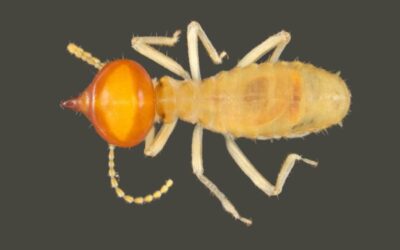
Nasutitermes Walkeri Termite
Locations:
NSW, QLD
Threat:
Very high risk
Behaviour:
Nasutitermes Walkeri Termite– These termites inhabit the woodland and bushland areas along coastal and mountain regions and are found in the north eastern areas of NSW and the SE region of Qld.
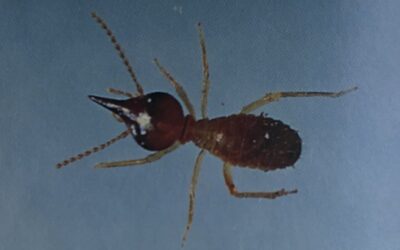
Nasutitermes Termites
Locations:
QLD, NSW, NT, TAS, VIC, WA, SA
Threat:
Very high risk
Behaviour:
Nasutitermes Termites– The Nasutitermes exitiosus is a subterranean termite, and like other subterranean species, they undergo an incomplete metamorphosis, represented by egg, nymph, and adult
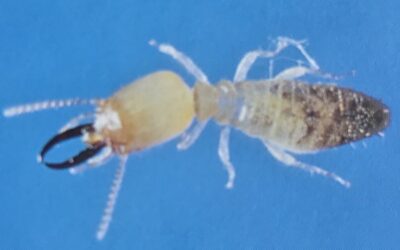
Heterotermes Termites
Locations:
QLD, NSW, NT, TAS, VIC, WA, SA
Threat:
Moderate to High
Behaviour:
This subterranean termite nests in timber on the ground, rotting wood, decking, poles, posts and fences, especially in decaying material.
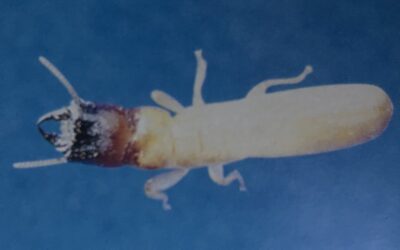
Drywood Termites
Locations:
QLD, NSW, NT, TAS, VIC, WA, SA
Threat:
Moderate to High
Behaviour:
Drywood Termitesis a social insect that live within nests that are often referred to more commonly as colonies
Correctly identifying termites is the first step in protecting your home from serious damage. While spotting early signs can help, termites often hide where you can’t see them, making professional inspections essential.
At Pest-Ex, our licensed technicians have carried out thousands of termite inspections and treatments across homes just like yours. With proven methods and years of experience, we can quickly confirm if termites are present and provide the right solution to keep your property safe.
Don’t wait until the damage is done – take action today.
👉 Book a Termite Inspection Now
Termites are small insects, typically 4mm to 15mm long, with soft white or light brown bodies, straight antennae, and equal-sized wings (if reproductive). Unlike ants, termites have a straight waist and lack the defined body segments of ants. These white ants in Australia are often spotted near timber, walls, or subfloor areas—especially during humid weather. Identifying what termites look like early can help prevent severe property damage.
Termites can be identified by their pale, creamy colour, straight antennae, soft bodies, and uniform waist. They often appear similar to ants but have wings of equal length and no pinched waist. Common signs of termites include mud tubes, hollow-sounding timber, and discarded wings. For accurate termite identification in Australia, especially in NSW and QLD, it’s best to consult a licensed pest control expert.
Yes, in Australia, termites are commonly referred to as white ants, although they are not actually ants. They belong to a different insect order and have unique feeding and nesting behaviours. This common nickname often leads to confusion during termite identification.
Australia is home to several termite species, including Coptotermes, Schedorhinotermes, and Nasutitermes. Each has different nesting habits and destructive behaviours. Identifying the species helps determine the right treatment.
Early signs include hollow-sounding timber, mud tubes along walls or foundations, soft spots in flooring, and discarded wings near windows or doors.
You may spot some signs yourself, but termites often hide in hard-to-reach areas. A licensed inspection is the most reliable way to confirm activity and prevent costly damage.







